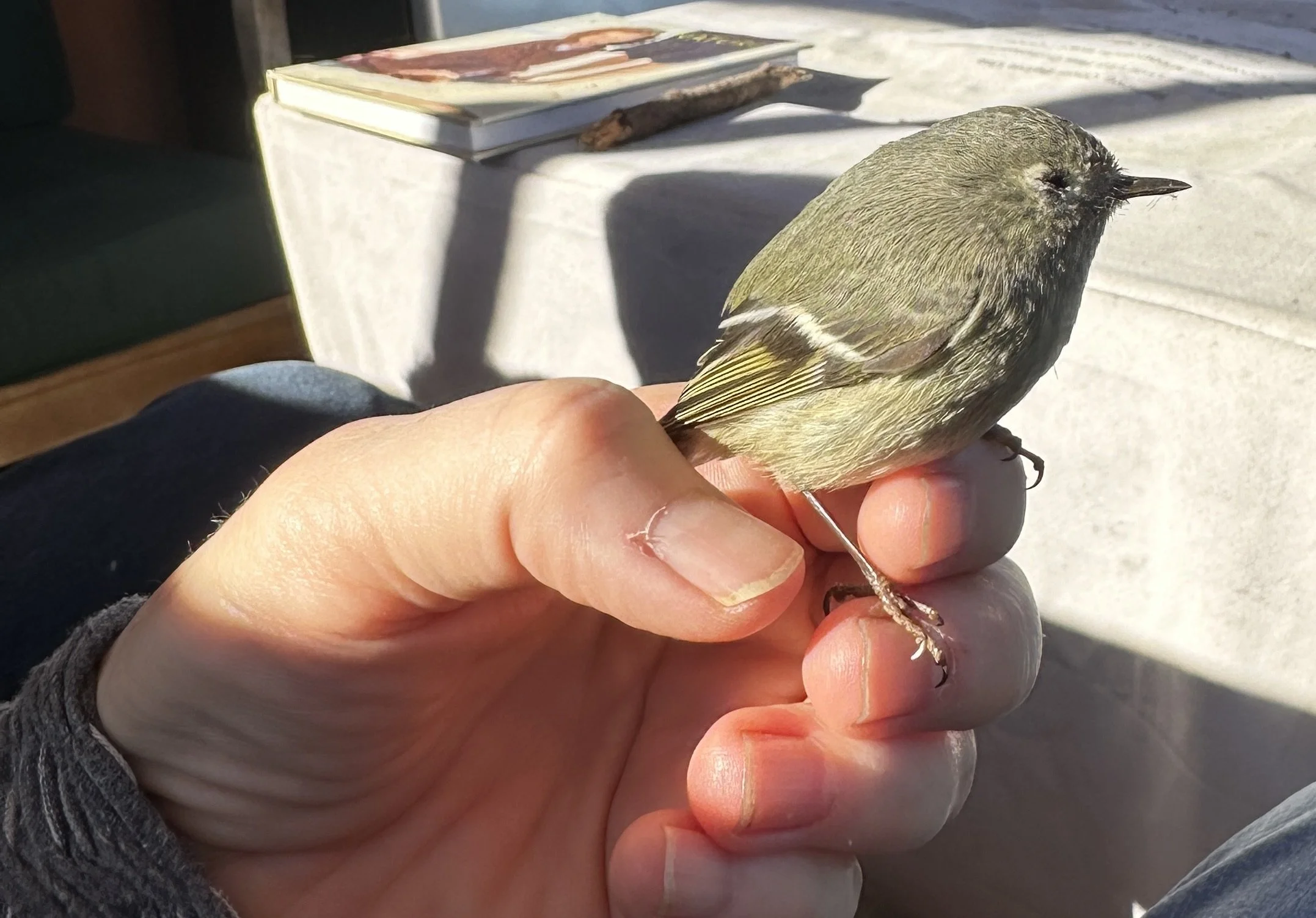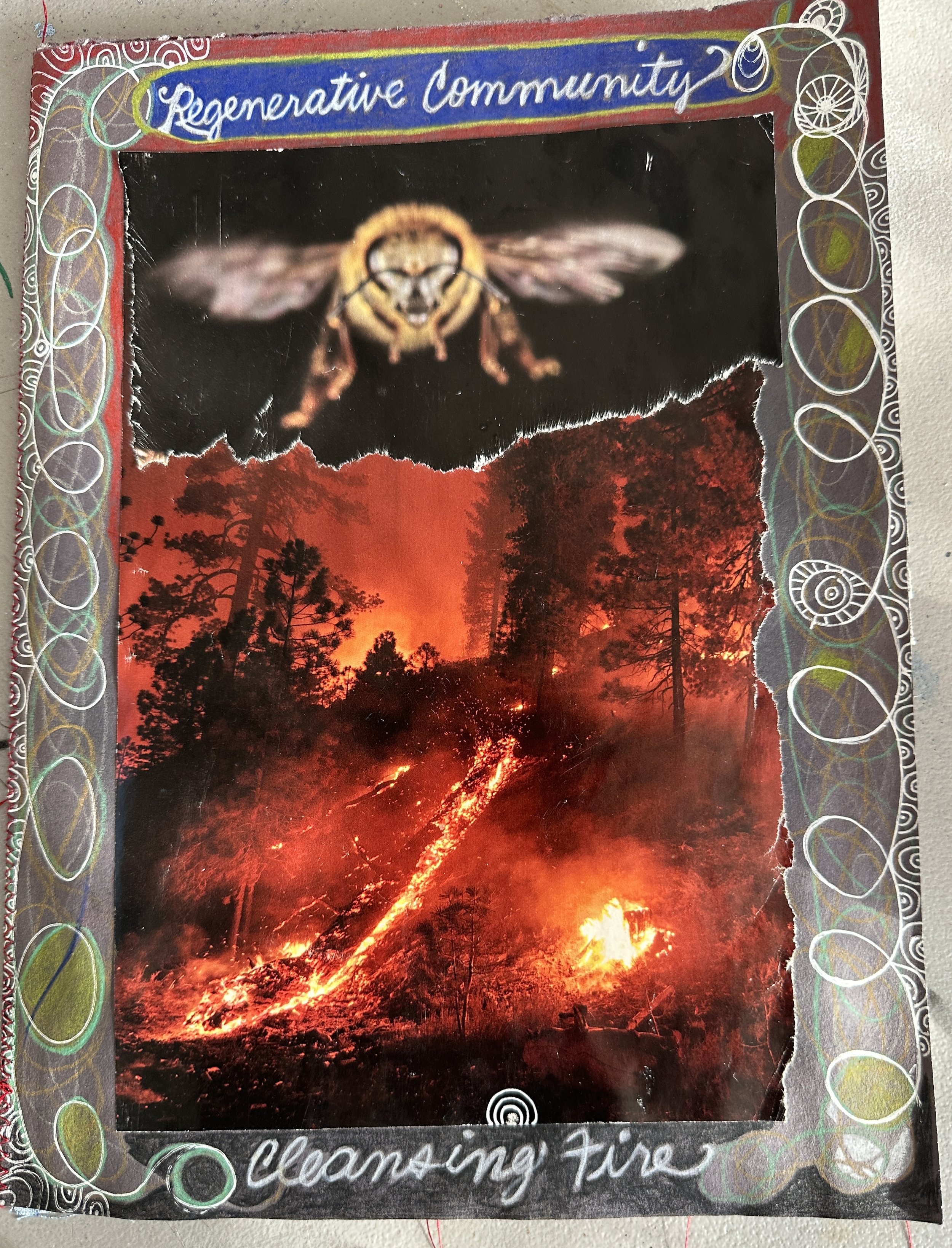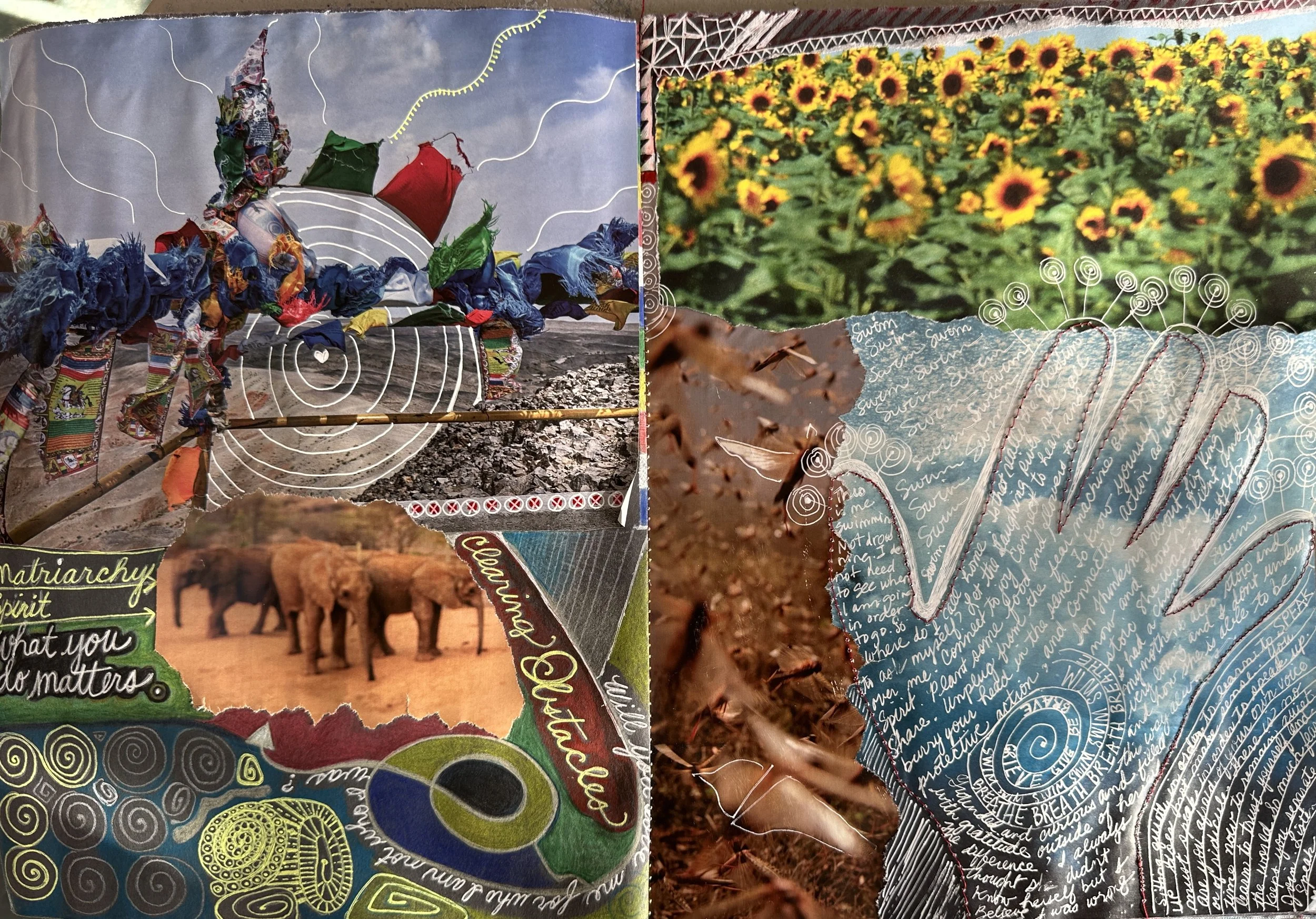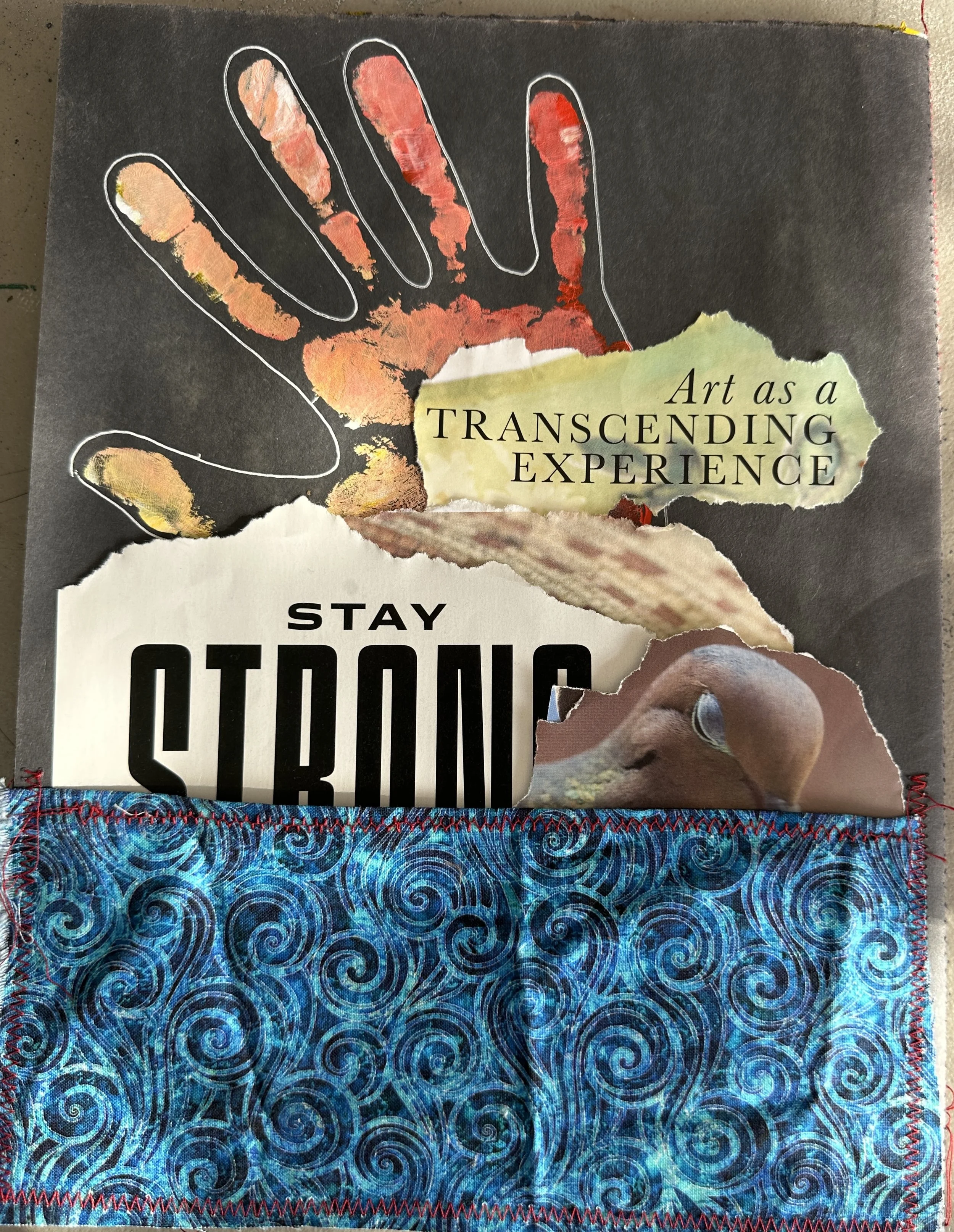Imagination or Dissociation?
“If you want to fly, you have to give up things that weigh you down.”
Self-doubt has been eating away at me for decades and most of the time, I didn’t fully realize what it was. Around the beginning of my fifth decade on this planet, when I was imagining what it would be like to grow and learn and branch out of the role I was in, I visualized this white domed room encircled with windows. The floor and ceiling were white and through the windows I could see a green, beautiful world. But there was no door to be found anywhere in this ‘safe’ space. I had been imagining this sparse visualization as ‘liminal space’–telling myself this was a Bardo, or the threshold between what was and what will be and I was going to step boldly into a life that more fully expressed my potential, honored my essential self, and inspired me and others. I just needed to improve myself, earn some cred, get an education, build a community, etc. That liminal vision became a holding cell, if I’m honest.
I’ve recently begun reflecting on what else may have been happening—was I imagining a future self or unconsciously dissociating from the discomfort of the present? Was that luminous space a symbol of hope or a subconscious strategy to avoid disappointment, risk, or grief? I told myself I was “visioning,” “manifesting,” “preparing”—but reflecting on it now, I’m not sure I was shifting any obstacles, real or imagined. I was hiding away in an empty room with no hard corners to bump into and no door at all–so there was no threshold. I was watching the vibrant world outside those windows, but not fully engaging with it. And I don’t think I’m alone in doing this. While my visualization might be uniquely mine, I wonder how other people manage to skirt fully engaging with the world of their own potential? We create elaborate mental constructs and call it dreaming, but sometimes it’s a way to survive when reality feels too heavy to hold, or too complicated to grasp next steps.
My visualization was serving my nervous system.
The nervous system is designed to keep us safe, and my subconscious found a way to apease my highly activated nervous system. When life feels overwhelming or uncertain, when our sense of identity is shaky, or when past experiences have taught us that visibility might come with pain, our bodies often opt for protection over progress. Dissociation isn’t just a psychological concept—it’s a nervous system response. It's the freeze state of the fight-flight-freeze-fawn spectrum. And in a world that constantly demands action and forward movement, freezing can look like stillness, like reflection, like “preparing”—but underneath, it’s more about survival than readiness. Other ways you can escape reality are marathon television series watching, shopping, scrolling, working, and so many more methods–you probably have a your own signature escape method.
My white domed room? It was a brilliant, creative visualization of my freeze response. A beautifully imagined nervous system cocoon. It gave me distance from what felt unmanageable at the time. And maybe that was necessary for a while. But staying in that space too long can become its own kind of captivity. Growth asks us to re-enter the world with our full selves, nervous system and all—not to override our protective instincts, but to befriend them, learn from them, and help them shift toward a place where presence feels possible again.
Give things up that weigh you down so that you can fly.
What do we need freedom from? The real threshold isn’t out there somewhere—it’s the moment we begin to let go of the beliefs that weigh us down: the stories that tell us we’re not smart enough, creative enough, together enough, worthy enough to have a life that stretches beyond the roles we were handed—or once chose but have outgrown. Those ideas might feel familiar, even protective. But they are the walls of the room. They are what keep us watching life through the windows rather than fully stepping through a doorway and into a vital experience of life.
Imagination becomes freedom when it’s anchored in presence.
Creativity becomes liberation when we use it to express, not escape.
And the courage to be your whole, honest self—to claim your voice, your desires, your inherent value—is the first and most important step out of the liminal space.
You don’t need to be more.
You don’t need to be fixed.
You just need to take one step and then another.
The door appears the moment you believe it’s there.
Freedom from the idea that you are not enough creates space to imagine wings—and flight itself.
You don’t have to walk through that door.
You can fly through it.
I may need to imagine and reimagine that door and those wings over and over again before I can feel the truth of them in my body.
But I also need to step out into the real world, confront the things that make me uncomfortable, and do them anyway.
That is what takes the vision and the art into lived experience. That’s what makes it real.








